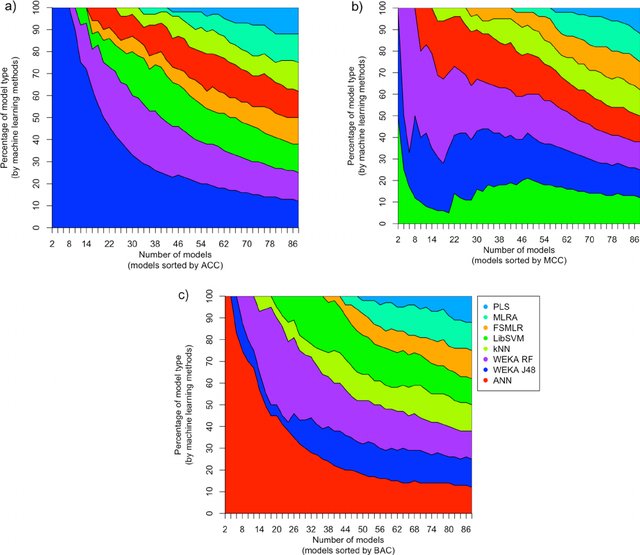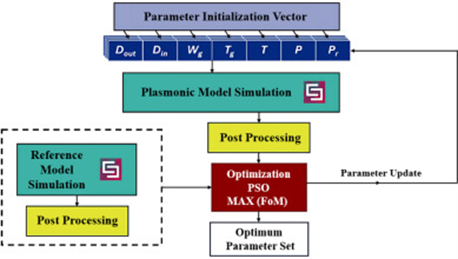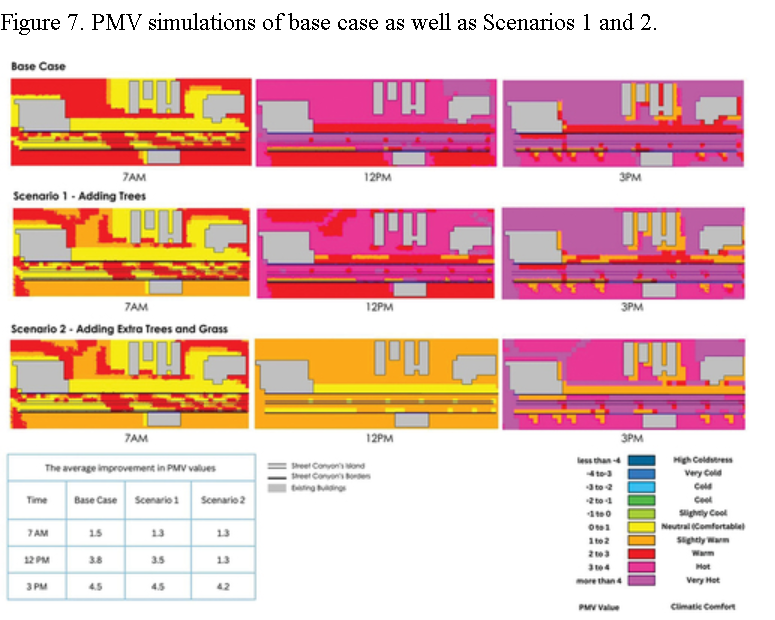

Using Molecular Fingerprints as Descriptors in Toxicity Prediction: A Survey
During humans' lifetime, their bodies deal with different chemicals through various sources. Chemical toxicity is a challenging problem that needs rapid and efficient methods for evaluation of environmental chemicals, or medications development. Computer science helps in toxicity prediction through building models from pre-tested compounds by learning from data. These models raise a flag to avoid trying some combinations for trial in wet-lab, which reduces the high cost of clinical trials. A compound chemical structure features are represented by Molecular Fingerprint. This survey searches for answers to Q1 How Fingerprints are dependent on the type of the prediction model Q2 How valid are Fingerprints in toxicity prediction. The Toxicology in the 21st Century challenge is the case study on this work. By showing the impact of fingerprints as descriptors on different predictive modeling techniques. The survey shows the independence of fingerprints as descriptors, as they work with different QSAR models. Also a need is noticed to test fingerprints separately without other descriptors in toxicity prediction to test their performance. © 2019 IEEE.



